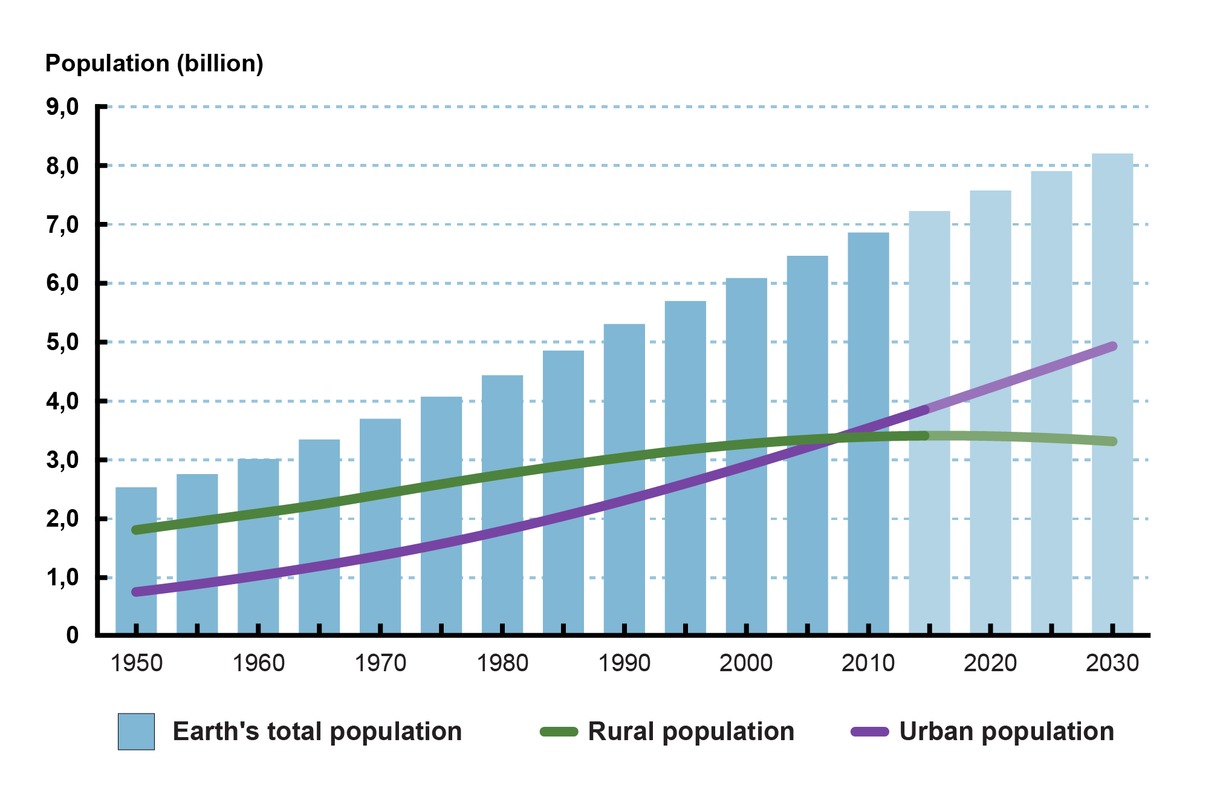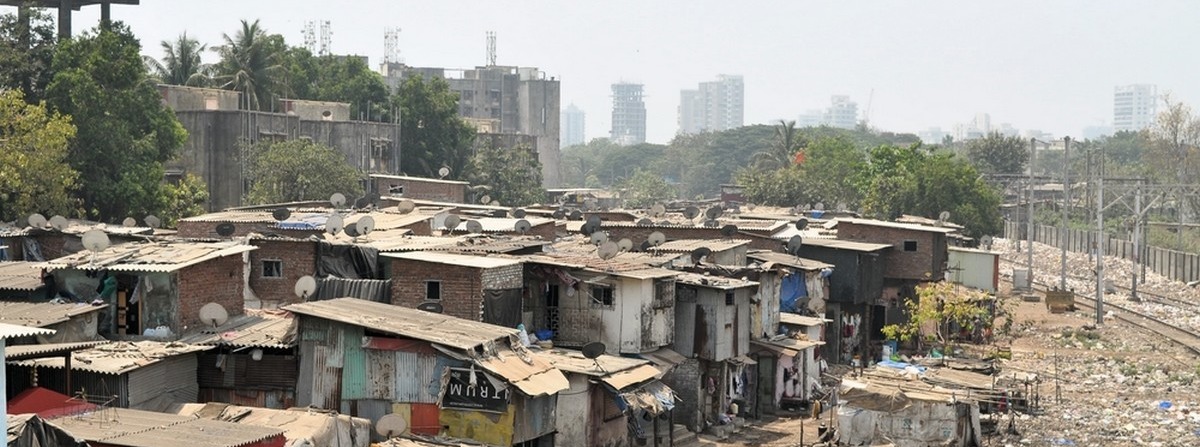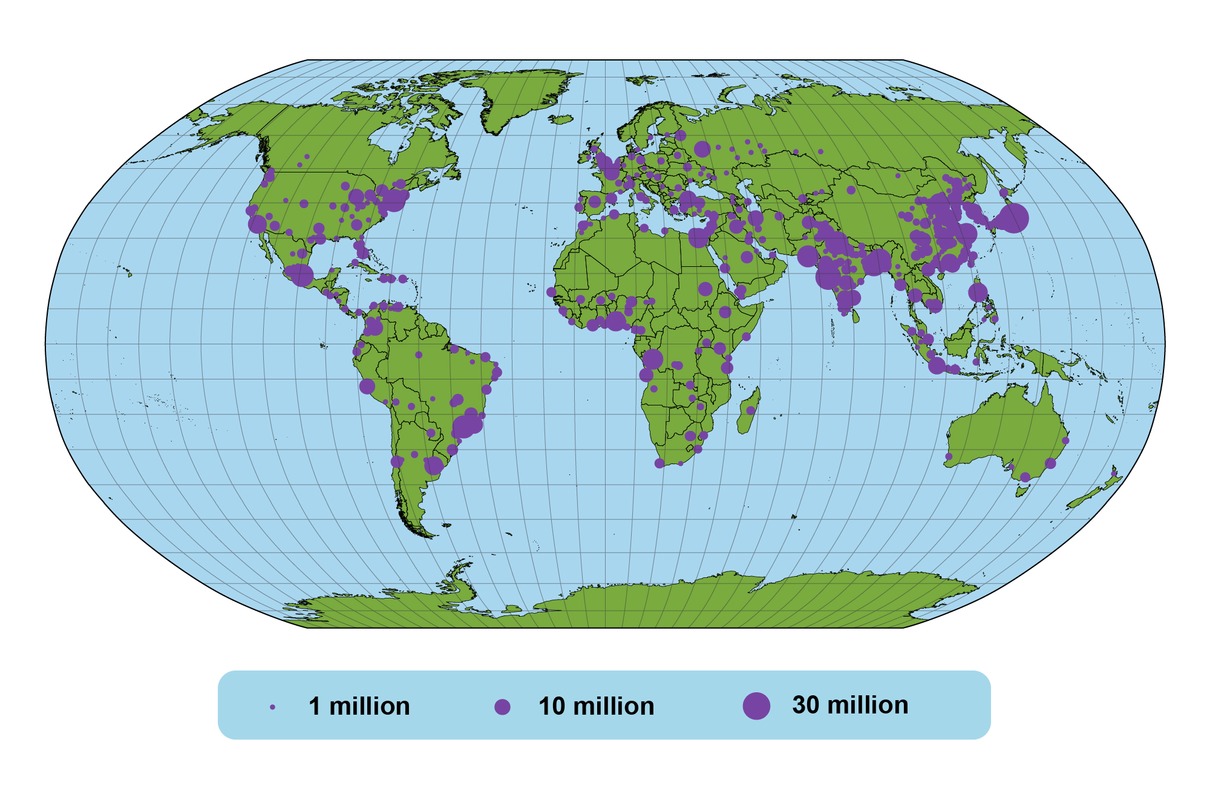6.3 Urban growth in developing nations
In developing countries, the process of urbanization began considerably later than it did in industrial nations. While industrial nations experienced the beginnings of their urbanization already in the 18th century, in some developing nations the process only began during the 1950s. The rate of urbanization has also been significantly more rapid in developing nations than it has been in industrial nations.
The late beginning and rapid rate of urbanization in developing countries has resulted in unmanageable city growth. The developing nations are home to a large number of metropolises. The rapid process of urbanization has had many negative side effects. These include high rates of urban decay, crime and unemployment, as well as pollution and waste problems.
Can you find a police officer trying to control the flow of traffic from the video? Mumbai, India.
The development of the planet's urban and rural populations between the years 1950 and 2030.
Urban decay is one of the negative side effects of rapid urbanization in developing nations. As people move to the cities in large numbers, not everyone is able to obtain a proper home or employment. Often these people will end up in the poor, badly managed areas with thousands of others who are in the same situation as them. These slums on the outskirts of large cities often have exceptionally cramped living conditions and no access to electricity or running water. These conditions are ideal for the spread of diseases and criminal activity.

Slums have formed on the outskirts of various large cities in the developing nations. India.
The urbanization of developing countries is caused by the lack of employment in rural areas. This is often combined with a high birth rate, which further increases the demand for jobs. Livelihoods in rural areas are also threatened by droughts and famines, which lead to people searching for a better quality of living from the cities. Natural disasters and wars have also contributed to the poor living conditions in the rural areas of developing nations. Cities also attract people from the rural areas around them. Cities provide better opportunities for employment and education in rural areas.

A prediction of the planet's metropolises in the year 2050.